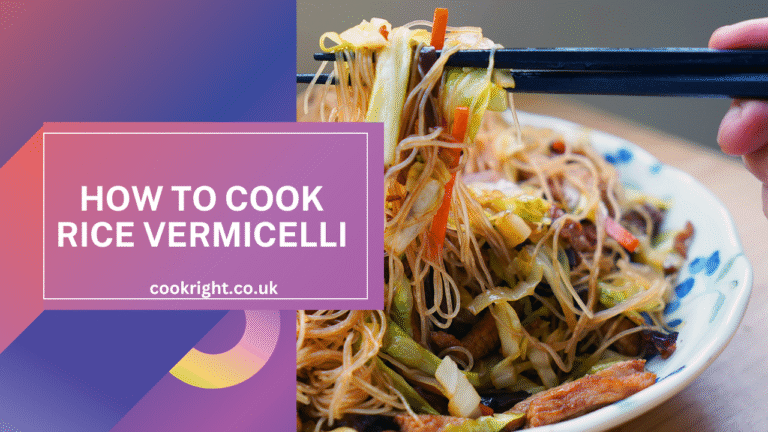Banga stew, also known as Ofe Akwu in Igbo culture, is a rich, flavorful stew made from palm fruit extract. This delicacy is widely enjoyed across various regions in Nigeria, and it’s perfect for pairing with rice, yam, plantains, or any side of your choice. Adding tomatoes to Banga stew gives it a unique twist, balancing the richness of the palm fruit with the tanginess of tomatoes for a more complex flavor profile.
In this guide, I’ll walk you through the process of preparing Banga stew with tomatoes, step by step. Whether you’re a seasoned cook or trying this dish for the first time, you’ll find this guide helpful.
Ingredients
Before we dive into the cooking process, let’s gather all the ingredients you’ll need for Banga stew with tomatoes:
Main Ingredients
- Palm fruit concentrate: 800g (or fresh palm nuts if available)
- Fresh tomatoes: 4 large-sized, blended
- Tomato paste: 2 tablespoons (optional, for thicker consistency)
- Assorted meat or fish: Beef, goat meat, chicken, or dried/smoked fish
- Onions: 1 large, chopped
- Pepper: Fresh Scotch bonnet or habanero peppers, to taste
- Banga spices: 1 tablespoon (available at African food stores)
- Crayfish: 2 tablespoons, ground
- Bitter leaf or scent leaf: A handful, washed and shredded
- Stock cubes: 2 (Maggi or Knorr)
- Salt: To taste
- Water: As needed
Preparing the Ingredients
1. Extracting the Palm Fruit Juice
If using fresh palm nuts, you’ll need to extract the juice:
- Wash the palm nuts thoroughly and boil them in a pot with enough water for about 20-30 minutes until they become soft.
- Drain the water and pound the nuts gently in a mortar to loosen the pulp from the seeds. Be careful not to crush the seeds.
- Pour the pounded mixture into a bowl, add some warm water, and rub thoroughly to extract the juice. Strain the juice into a separate pot, ensuring you don’t include any chaff or seeds. Set aside.
Alternatively, if using palm fruit concentrate (tin), simply dissolve the concentrate in warm water, stir to combine, and set aside.
2. Blending the Tomatoes and Peppers
- Wash the tomatoes and peppers. Blend them into a smooth consistency using a blender. If you like a chunky stew, you can leave some texture.
- Chop the onions finely.
3. Seasoning the Meat or Fish
- Season your choice of meat or fish with salt, stock cubes, and chopped onions. Allow it to marinate for about 30 minutes to let the flavors infuse.
- Boil the meat or fish with enough water until cooked. Reserve the stock for the stew.
Cooking the Banga Stew
Step 1: Simmer the Palm Fruit Juice
- Pour the extracted palm fruit juice into a pot and bring it to a boil. Allow it to cook for about 15-20 minutes on medium heat until it thickens slightly and the oil begins to float on the surface. This step is crucial as it enhances the flavor and consistency of the stew.
Step 2: Cook the Tomato Mixture
- In a separate pan, heat a small amount of oil (you can use the floating oil from the palm fruit juice). Add the chopped onions and sauté until translucent.
- Add the blended tomatoes and pepper mixture to the pan. Cook on medium heat for about 15-20 minutes, stirring occasionally, until the raw tomato taste is gone, and the mixture has reduced and thickened.
Step 3: Combine the Palm Juice and Tomato Mixture
- Once the tomato mixture is well-cooked, gently pour it into the simmering pot of palm fruit juice. Stir to combine and allow the mixture to cook together for about 10 minutes. This step helps the flavors meld.
Step 4: Add Seasoning and Spices
- Add the Banga spices, ground crayfish, and any additional seasoning cubes if needed. Stir well.
- Taste the stew and adjust the seasoning as necessary. If it’s too thick, you can add some meat stock or water to reach your desired consistency.
Step 5: Incorporate Meat or Fish
- Add the pre-cooked meat or fish into the stew. Be gentle with the fish to prevent it from breaking apart.
- Cover the pot and allow the stew to simmer for an additional 10-15 minutes on low heat. This allows the meat or fish to soak in the flavors of the stew.
Step 6: Add Vegetables
- Finally, add your shredded bitter leaf or scent leaf to the stew. Stir gently and allow it to cook for another 5 minutes.
- The addition of vegetables not only adds color but also introduces a slight bitterness or aroma that balances the richness of the stew.
Step 7: Final Adjustments
- Check the stew for salt and seasoning one last time. Adjust if needed.
- Turn off the heat and let the stew rest for a few minutes before serving. This allows the flavors to settle and intensify.
Serving Suggestions
Banga stew with tomatoes can be served with a variety of sides. Here are some popular options:
- White Rice: A classic pairing that complements the rich and flavorful stew.
- Boiled Yam or Plantains: For a more traditional taste, serve with boiled yam or plantains.
- Pounded Yam, Eba, or Fufu: These are great if you prefer a heavier, more filling meal.
- Starchy Foods: It pairs well with other starchy foods like starch (Usi), which is a common pairing in the Niger Delta region.
Tips for the Perfect Banga Stew with Tomatoes
- Choose Quality Palm Fruit Concentrate: If using canned concentrate, go for high-quality brands for the best flavor. Always check the expiration date.
- Fresh Spices are Key: Fresh Banga spices elevate the flavor of the stew. Try to source authentic spices from African markets if possible.
- Control the Heat: Keep the stew simmering gently to avoid burning. High heat can cause the oil to separate too much, which might affect the texture.
- Customize to Taste: Feel free to adjust the quantity of tomatoes based on your preference. More tomatoes for a tangier stew or less if you prefer the traditional palm taste.
- Use Leafy Greens Judiciously: While scent leaf adds an aromatic flavor, it’s potent. Use sparingly if you’re new to it or prefer a milder flavor.
Conclusion
Banga stew with tomatoes is a delicious twist on a beloved Nigerian dish. Its rich, bold flavors combined with the tanginess of tomatoes make it an irresistible meal for any occasion. By following the steps outlined above, you can create a delectable Banga stew that will impress family and friends. Don’t be afraid to tweak the recipe to suit your taste – after all, cooking is all about enjoying the process and the results!
Happy cooking, and enjoy your Banga stew with tomatoes!




